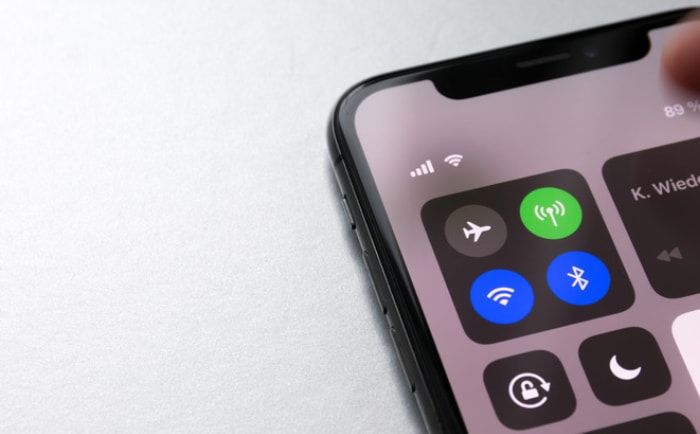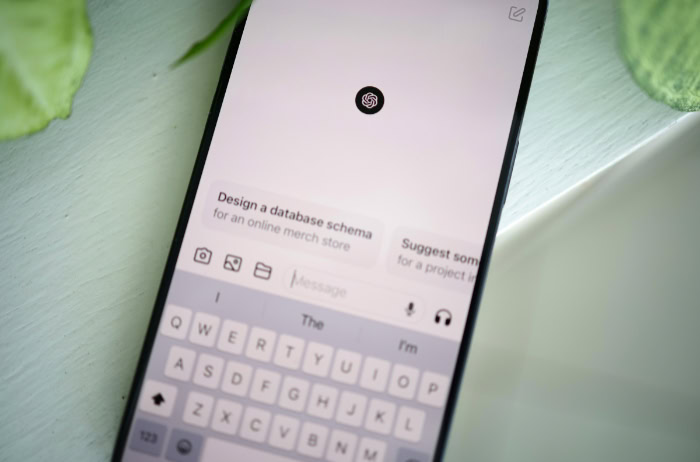What Is a Power Bank and How Does It Work? Explained Simply
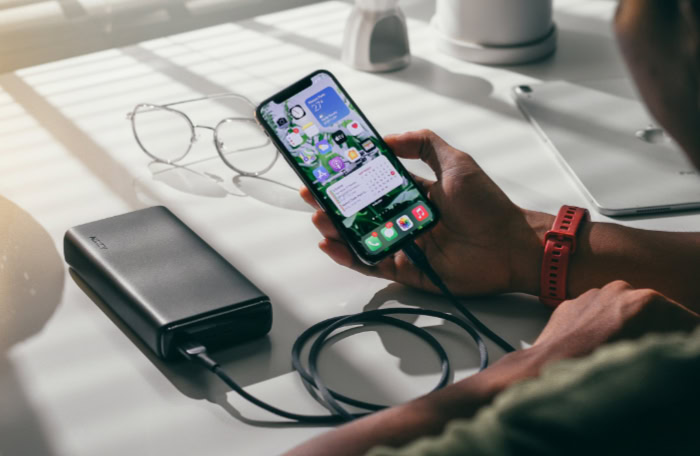
Staying connected has become a vital part of daily life, with smartphones, tablets, and other devices playing an essential role in work, communication, and entertainment. But what happens when your battery runs out at the worst possible moment? Enter the power bank, a portable solution designed to keep your devices charged anytime, anywhere.
These compact and versatile gadgets have grown in popularity as a must-have accessory for those on the move, and they offer more than just convenience—they provide peace of mind.
Understanding Power Banks
A power bank is essentially a rechargeable battery enclosed within a portable case, designed to supply power to electronic devices such as smartphones, tablets, and wireless earbuds. Unlike conventional single-use batteries, power banks can be charged repeatedly and used to recharge other devices multiple times.
They act as an external energy source, allowing you to extend the battery life of your electronics without requiring direct access to electricity.
Comparing power banks to traditional batteries highlights their adaptability. While disposable batteries serve a fixed purpose and are discarded after use, power banks are engineered for long-term functionality.
Rechargeability is their standout feature, paired with versatility in charging multiple types of devices. Some models even support wireless charging, delivering convenience to users who want fewer cables cluttering their space.
Evolution and Common Use Cases
The development of power banks traces back to the widespread popularity of smartphones and the adoption of USB charging standards. As mobile devices grew more advanced, their energy requirements increased, often outpacing the capacity of built-in batteries.
This challenge spurred the creation of external charging solutions, with power banks leading the charge due to their efficiency and practicality. Today, they are tailored to meet diverse needs, from lightweight options for casual users to high-capacity models suitable for powering multiple devices.
Power banks are frequently relied upon in situations where electrical access is limited or unavailable. Travelers often pack them to ensure uninterrupted connectivity during long flights or remote road trips.
Outdoor enthusiasts, such as hikers and campers, use them to charge GPS devices, cameras, or portable speakers while immersed in nature. Emergencies, like unexpected power outages, make power banks indispensable for keeping essential gadgets operational.
Even daily commuters benefit from having a compact charging device on hand when navigating through their busy routines.
Their versatility has cemented power banks as an essential accessory for countless lifestyles, allowing people to remain productive, entertained, and connected regardless of where they are or what challenges they face.
How Power Banks Work: Technical Components
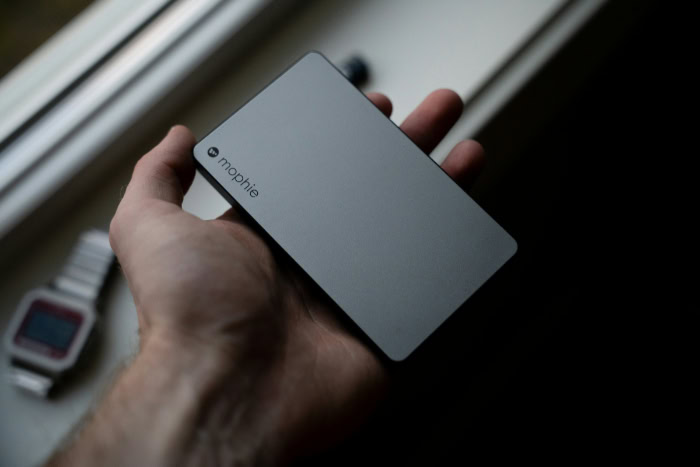
The functionality of power banks is driven by the sophisticated technology housed within their compact design. These devices operate by storing electrical energy and delivering it to electronic devices when needed.
Understanding what makes a power bank work involves looking at its internal components, how it charges and discharges energy, and the safety features that ensure secure operation.
Core Components
A power bank is assembled from several essential parts that work together seamlessly to store and transfer energy. At its center is the battery, typically a lithium-ion or lithium-polymer unit.
Lithium-ion batteries are widely used for their high energy density and cost-effectiveness, while lithium-polymer batteries are praised for their lightweight design and improved safety features. Both types offer rechargeable functionality and are capable of delivering multiple charging cycles, making them ideal for portable devices.
Input and output ports are another critical element of the power bank. These ports act as gateways for energy transfer.
USB-A ports are commonly used for output, making them compatible with various charging cables, while USB-C ports have become increasingly favored for their faster data transfer rates and ability to support power delivery standards. Wireless coils are also incorporated in some power banks to enable cable-free charging when paired with compatible devices.
Working behind the scenes is the circuitry, which regulates voltage, manages power flow, and incorporates safety measures. This component ensures that the energy stored in the battery is transferred accurately and safely to connected devices.
Voltage converters adjust power levels to match the requirements of various electronics, while protective circuits guard against potential hazards such as overheating or overcharging.
Charging and Discharging Process
The operation of a power bank revolves around two main actions: charging its internal battery and discharging stored energy to power external devices. Charging the power bank involves connecting it to a power source using its input port.
A wall adapter is often preferred for quicker charging, but computers and other USB-equipped devices can also be used. As electricity flows into the battery, it is stored for future use, preparing the power bank for its primary function.
When it is time to charge a device, the stored energy is discharged through the output port via a cable or wirelessly in compatible models. The process begins as soon as a connected device is detected, with the power bank delivering energy at a regulated rate to avoid overloading or damaging the device.
Fast-charging standards, such as Quick Charge or Power Delivery, have further enhanced the discharging process by enabling higher power outputs for reduced charging times. Wireless power banks simplify the procedure by eliminating the need for physical connections, making them a convenient option for users who value effortless operation.
Safety Mechanisms
Safety is a primary concern when dealing with portable energy storage, and power banks are equipped with mechanisms to address potential risks. Overcharging protection is one such feature, preventing the internal battery from being damaged when it receives excessive energy from the power source.
Similarly, overheating protection ensures that prolonged usage or exposure to high temperatures does not compromise the device’s integrity.
Preventing short circuits is another key aspect of a power bank’s design. Protective circuitry monitors the flow of electricity, shutting down operations if irregularities are detected.
Temperature control sensors are also utilized to maintain stable performance and prevent thermal runaway, which can lead to dangerous outcomes. By combining these measures, manufacturers ensure that power banks deliver reliable functionality while prioritizing user safety.
Key Features to Consider When Choosing a Power Bank
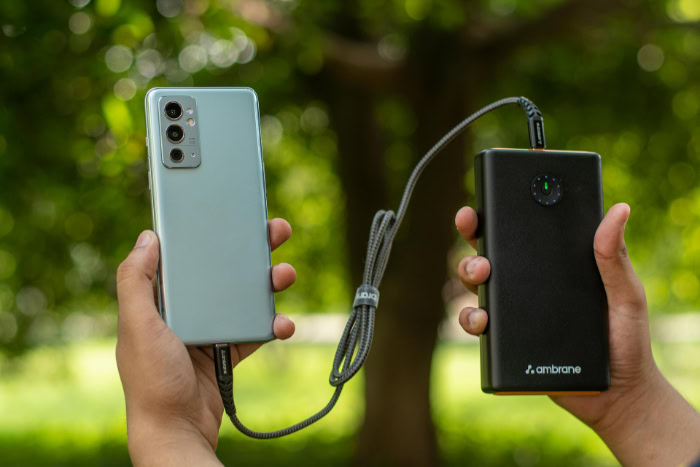
Selecting the right power bank is essential to ensure it meets your charging needs while remaining practical for daily use. From capacity and efficiency to charging speed and portability, several features determine the overall functionality and suitability of a power bank.
A closer look at these factors can help you identify what works best for your lifestyle and the devices you depend on.
Capacity and Efficiency
The capacity of a power bank is one of the first aspects many users assess when making a choice. Measured in milliampere-hours (mAh), capacity indicates how much energy the power bank can store.
For example, a 10,000 mAh power bank typically provides enough energy to charge a modern smartphone two to three times, depending on the device’s battery size. Higher capacities, such as 20,000 mAh or above, are ideal for users who own multiple devices or need power for extended periods, such as during long trips or outdoor adventures.
Real-world efficiency, however, is often slightly lower than the advertised capacity due to energy loss during the charging and discharging process. Factors such as the quality of the battery, power conversion rates, and the energy requirements of your device can influence how much of the stored energy is effectively transferred.
Compatibility between the power bank's output and your device's input requirements also affects performance. A well-made power bank with minimal energy loss can ensure better efficiency and fewer interruptions in powering your devices.
Charging Speed and Ports
Charging speed is another critical factor to consider, especially for users who need their devices charged quickly. Many modern power banks support fast-charging standards such as Power Delivery (PD) and Quick Charge.
Power Delivery is particularly versatile, offering compatibility with a wide range of devices and the ability to deliver higher wattage for powering larger gadgets like laptops. Quick Charge, on the other hand, is often favored for fast-charging smartphones, allowing users to achieve significant charging progress in a short time.
Multi-port configurations provide added convenience, enabling you to charge multiple devices simultaneously. For instance, a power bank with both USB-A and USB-C ports lets you charge one device using a traditional cable while another benefits from a faster, more modern connection.
Some models include up to four or more ports, making them ideal for families or individuals carrying several gadgets. The ability to charge multiple devices at once can significantly reduce waiting times and increase efficiency.
Compatibility and Portability
Compatibility plays a significant role in how effectively a power bank functions with your devices. Ensuring that the output voltage of the power bank matches your device's charging requirements is essential for proper operation.
Most power banks are designed to accommodate standard USB devices, but specific models may offer additional features like wireless charging or integrated cables for enhanced compatibility. Those with adjustable output settings provide even greater flexibility, making them suitable for a variety of gadgets beyond smartphones, such as tablets, cameras, and gaming consoles.
Portability is equally important, particularly for users who need a power bank that is easy to carry. While higher-capacity power banks tend to be heavier and bulkier, there are travel-friendly models that balance capacity and size.
Compact designs are ideal for slipping into a pocket or small bag, while larger units with higher capacity may include special carrying cases or ergonomic designs to improve convenience. Selecting a power bank that fits your preferences for weight, size, and functionality ensures it becomes a practical accessory you can depend on in your everyday life.
Practical Usage Tips and Maintenance
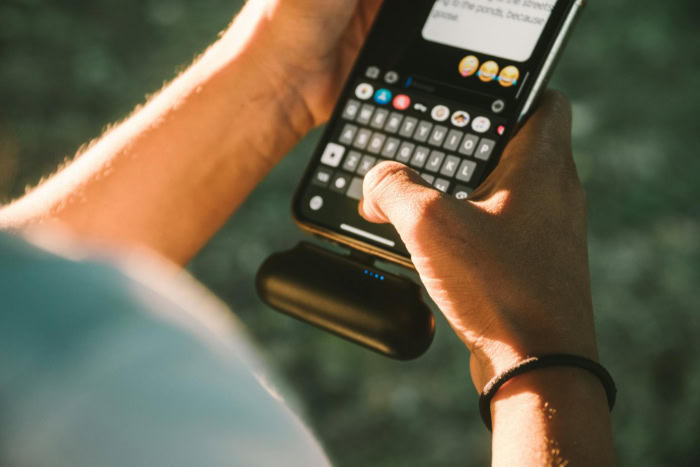
Maximizing the performance and longevity of a power bank depends on how you use and care for it. Proper charging techniques, troubleshooting issues, and taking steps to maintain your power bank in good condition ensure it remains a reliable accessory for your devices.
Charging Your Devices Effectively
Using a power bank effectively begins with charging it correctly. To prepare the power bank for use, connect it to a wall adapter, computer, or any compatible power source using the appropriate input cable.
Most power banks feature indicator lights that show charging progress, helping you determine when the battery reaches full capacity. Wall adapters are generally faster compared to USB ports from a computer or other devices, making them a preferred choice for quicker charging.
Once the power bank is charged, you can connect your device to its output port using a charging cable. Ensure the cable is compatible with both the power bank and your device, as mismatched cables can lead to inefficiency or damage.
For optimal charging speed, use the original cables that came with your device or high-quality third-party cables designed for fast charging. If your power bank supports wireless charging, simply place the device on the charging pad, ensuring proper alignment to maintain efficiency.
Avoid draining your device's battery completely before using the power bank, as charging from extremely low levels can take longer. Similarly, disconnect your device once it reaches full charge to avoid prolonged energy transfer, which can lead to unnecessary wear on both the power bank and device battery.
Troubleshooting Common Issues
Occasionally, users may face challenges when using power banks, such as slower charging speeds or reduced performance. Slow charging often stems from faulty cables or adapters, insufficient power input, or a device that doesn’t support fast charging standards.
To resolve this, check the cables for any signs of wear and tear, and replace them if necessary. Switching to a higher-output adapter can also improve charging speed, as some power banks require higher input wattage to function efficiently.
If the power bank itself begins to show reduced capacity, recalibrating it may help restore its functionality. To do this, fully discharge the power bank by using it until it no longer supplies power, then recharge it completely without interruptions.
This process can sometimes reset the internal battery management system and improve performance.
In cases where the power bank does not hold a charge at all, the problem may lie in an aging battery or internal hardware damage. Replacing the power bank might be necessary if repairs are not feasible, especially if proper maintenance practices have already been followed.
Long-Term Maintenance
Taking care of your power bank is essential for ensuring its durability and functionality over time. Proper storage conditions can significantly extend its lifespan.
Avoid exposing the power bank to extreme temperatures, as high heat can damage the internal battery, while freezing temperatures may reduce charging efficiency. A cool, dry environment is ideal for storage, especially when the power bank is not in regular use.
Regularly clean the input and output ports to prevent dust or debris from accumulating and interfering with connections. A soft, dry cloth or gentle compressed air can be used to clean the ports.
Checking cables periodically for signs of wear and replacing them as needed is another important step.
If the power bank is stored for extended periods, partially charging it to around 50% before storage can help preserve battery health. Fully discharging or overcharging it during storage should be avoided, as this can lead to permanent damage.
Consistent care and mindful usage will ensure your power bank stays functional and dependable, allowing you to enjoy uninterrupted access to power whenever you need it.
Conclusion
Power banks have become indispensable tools for staying connected in a world where mobile devices are essential to daily life. Whether used to tackle long journeys, navigate emergencies, or simply keep your gadgets powered throughout your day, they provide a reliable and portable solution to battery life limitations.
Their ability to store energy and deliver it on demand makes them a must-have accessory for a wide range of lifestyles.
When choosing the right power bank, it is crucial to find a balance between capacity, safety features, charging speed, and portability. A thoughtfully selected power bank should meet your specific charging needs while remaining easy to carry and safe to use.
Taking the time to evaluate factors like mAh ratings, port configurations, and compatibility ensures that your power bank will perform effectively without compromising convenience or usability.
By prioritizing features that align with individual requirements, you can make a smart investment in a power bank that enhances your everyday experiences. Whether you’re traveling, commuting, or managing multiple devices, a well-chosen power bank can bring peace of mind and constant connectivity wherever life takes you.

